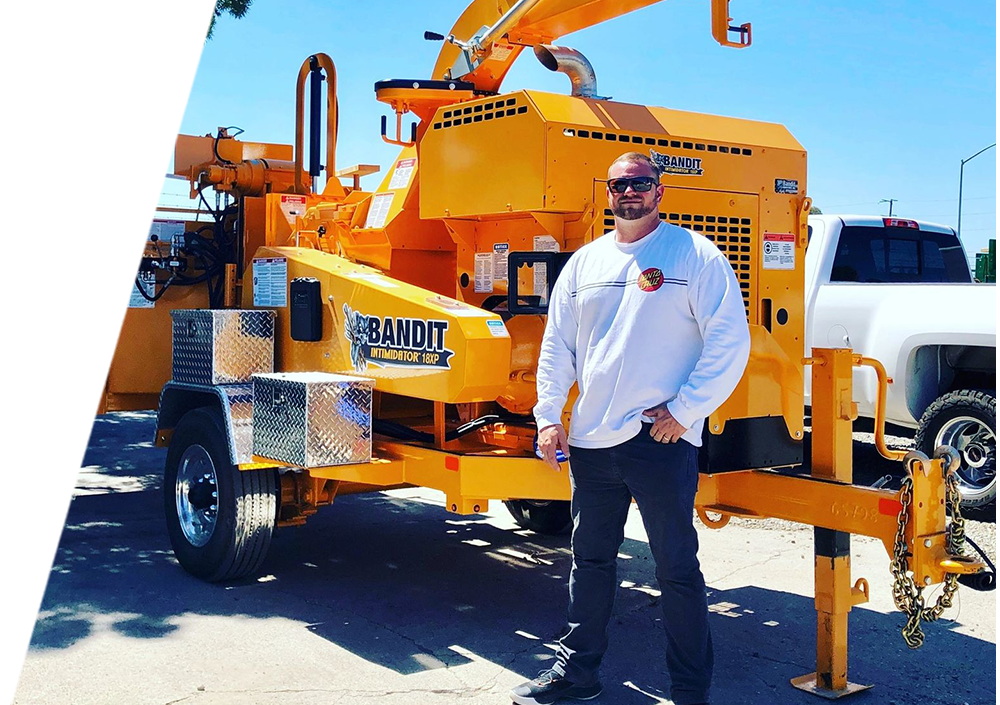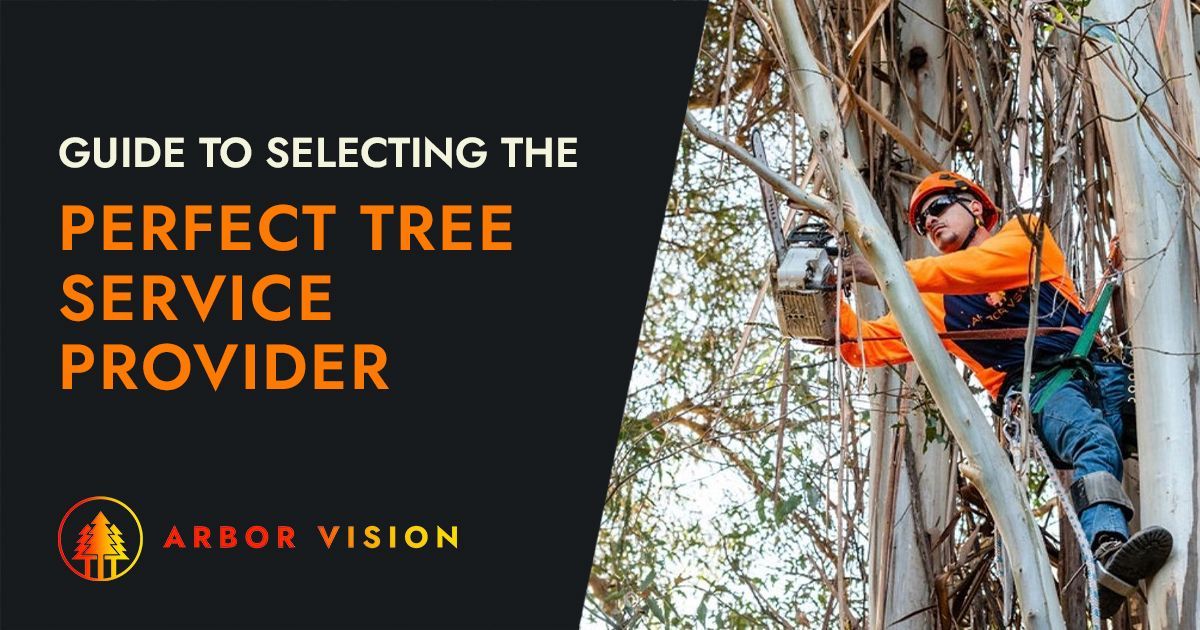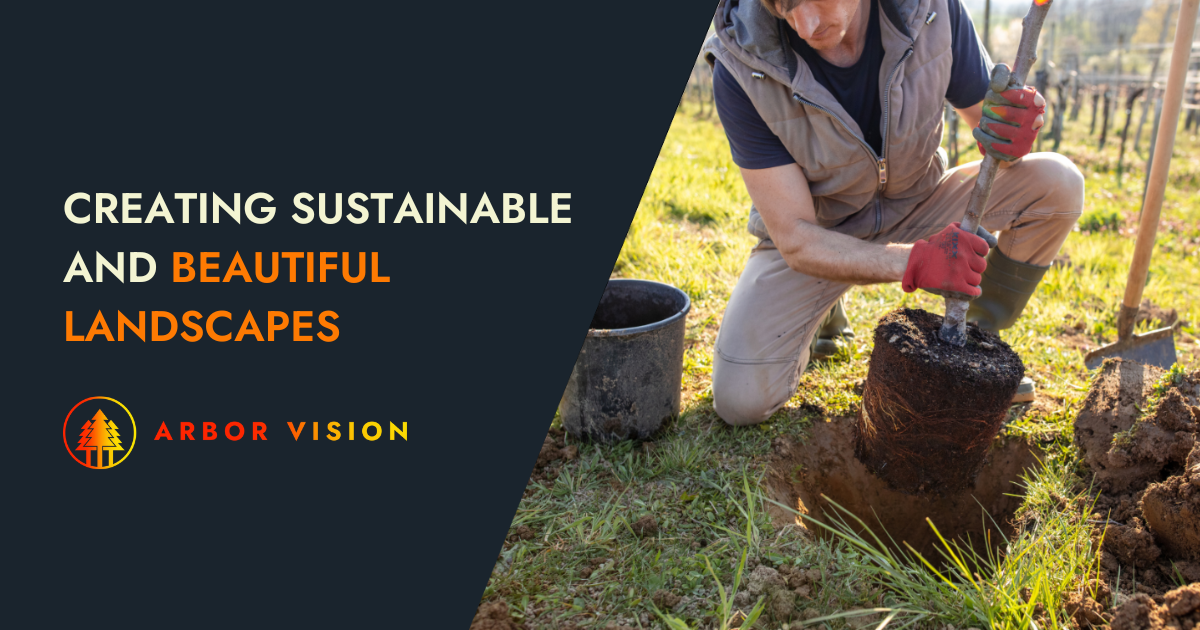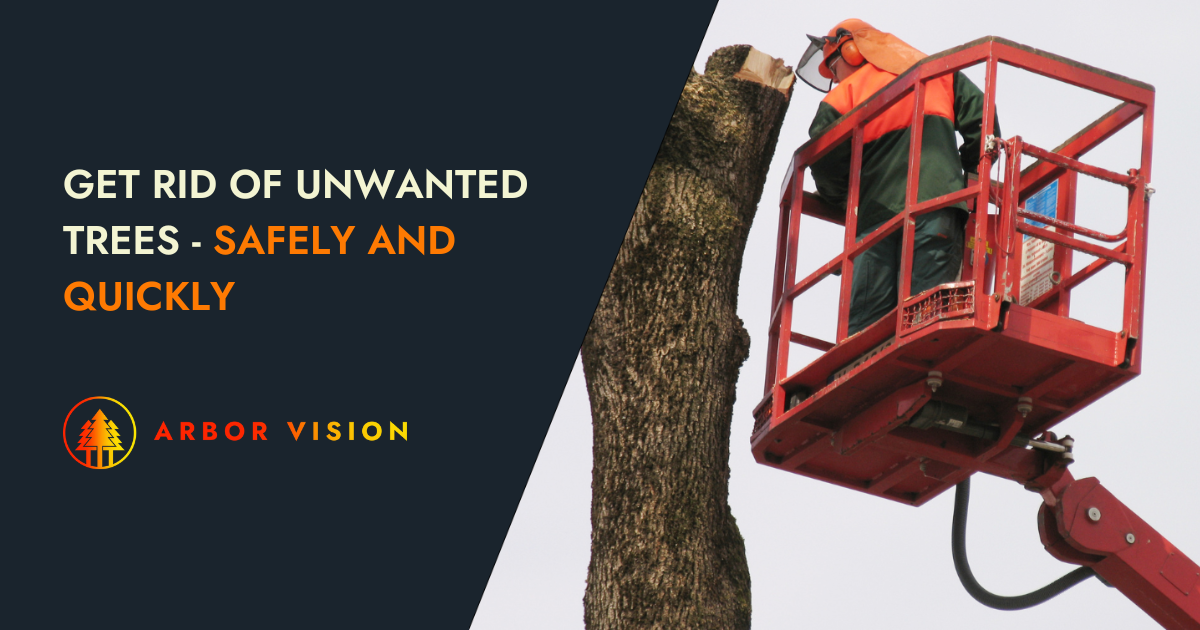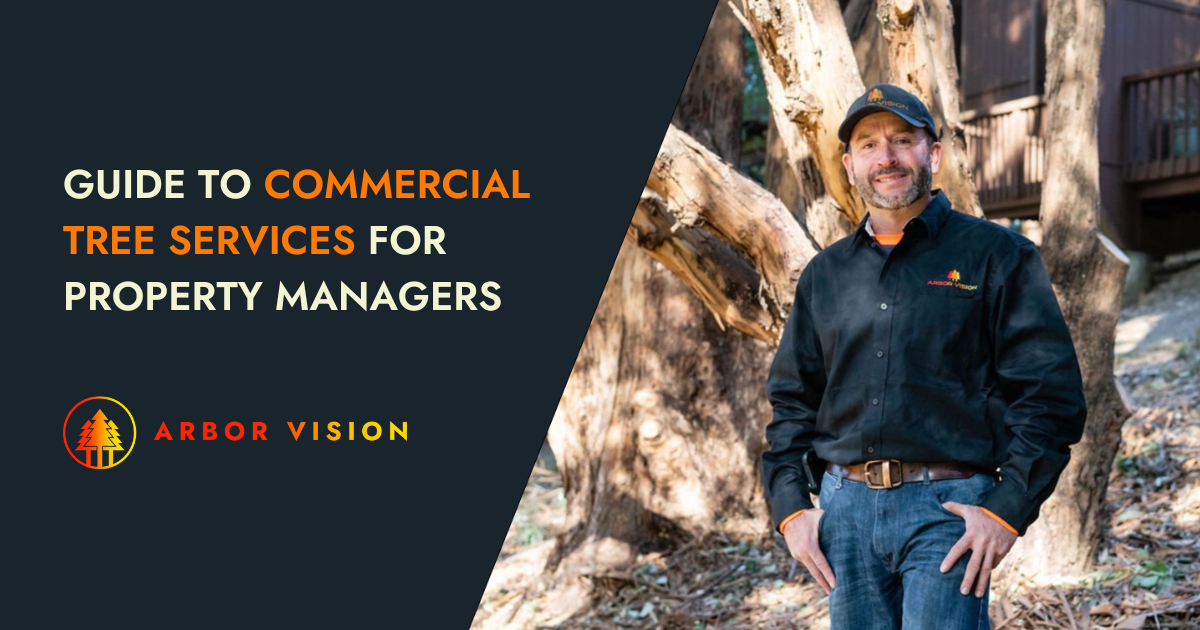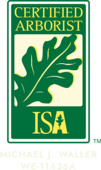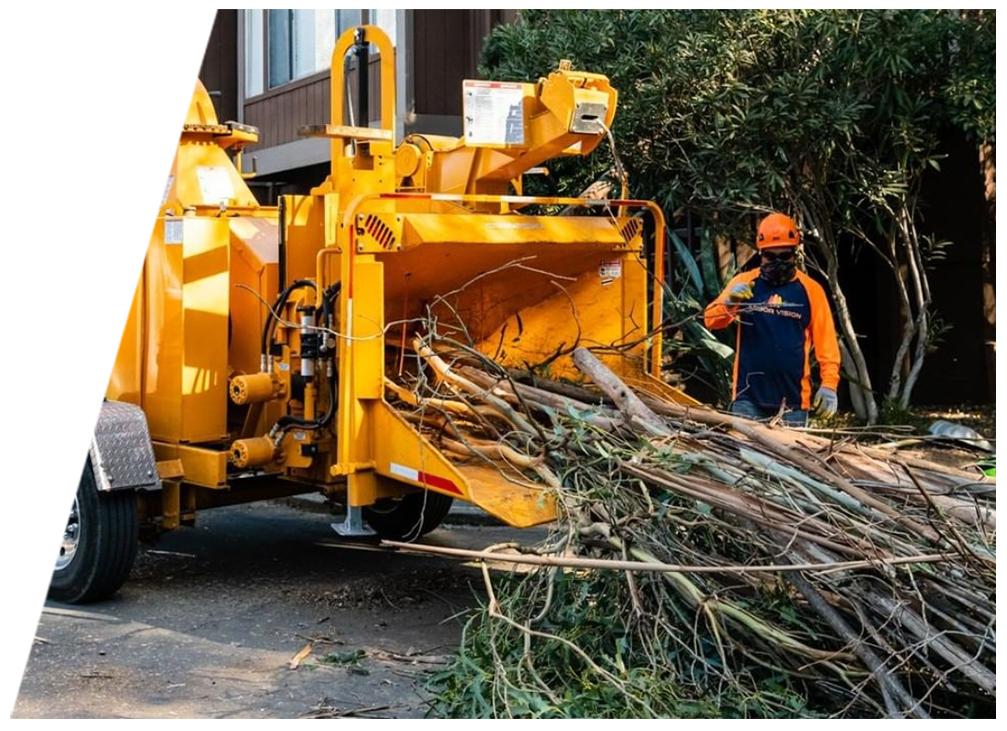
Mastering Emergency Tree Services
As a property manager, you know the importance of a tree maintenance plan to protect your properties and prevent injuries. However, emergencies can still happen, requiring immediate action and professional help. In this article, we'll provide a comprehensive commercial tree services guide. You'll learn about common emergency situations, the removal process, safety precautions, insurance considerations, and selecting the right service provider. With this knowledge, you can confidently handle tree emergencies, safeguard everyone's well-being, and preserve your property investment.
Common Emergency Tree Situations
Tree emergencies can take a variety of different forms, and it’s good to know what qualifies as an emergency so you can assess the seriousness of the situation. Here are a handful to watch for:
Fallen Trees - Whether it's old age, disease, or due to a severe storm, a fallen tree on your property is always considered an emergency. Make sure to get in touch with emergency tree removal specialists as soon as possible, and if the tree is falling on a power line, reach out to your utility company to ensure the power is shut off to that area.
Severe Weather Damage - If your tree has been damaged by severe weather but is still standing, you'll need to have it inspected by a reputable tree service company as soon as possible. There is always the chance of branches falling and injuring someone or of the entire tree falling and causing damage to nearby structures or serious injuries.
Insect Infestation - Insect infestations can be challenging to treat, which is why it's important to reach out to a quality tree service company as soon as you notice any signs.
Disease - The longer you wait to call for help when you have a diseased tree, the higher the likelihood of losing the tree altogether. There are a variety of different tree diseases that can cause damage, and a variety of treatments that can help save your tree if you act quickly.
Uplifted Roots or Sidewalk Damage - If tree roots grow under your driveway or sidewalks and lift, they can cause tripping hazards for family and people passing by. When you get in touch with a professional tree service, they can assess the situation and recommend a course of action to avoid further problems.
Dead Trees - A dead tree has the potential to fall over without any warning, damaging nearby structures or causing severe injuries to anyone in the vicinity. Dead trees always have to be removed, so don't hesitate to get in touch with a proven tree removal service right away.
Emergency Tree Removal Process
When it comes to the emergency tree removal process, safety always has to be the top priority. Any quality tree removal service will take the proper precautions to secure the area and ensure there are no safety issues around the tree that may jeopardize anyone’s safety.
Next, they will:
- Inspect the tree and area to determine how the tree should be removed
- Create an action pan
- Prepare the worksite based on the plan that’s been created
- Get the necessary equipment on-site and ready to go
- Begin the removal process
Depending on the specifics, this may include removing lower branches first, using a woodchipper to process the larger pieces, or felling the tree all at once if there is sufficient space. The equipment used may include chainsaws, ropes, pulleys, climbing and rigging tools, stump grinders, axes and wedges, and different safety gear.
Safety Precautions During Emergency Services
Both the property manager and tree removal team need to follow certain safety protocols during emergency tree services. It’s important to section off the area appropriately so no one wanders in unexpectedly and ensure there is enough space surrounding the tree in case it ends up falling. This includes moving any vehicles that may be parked close to the damaged tree.
If there are any power lines close to the tree, it’s a good idea to alert the local utility company so the lines aren’t live while the work is being completed. Finding a proven tree services company that is well-versed in all safety requirements is also an important part of the safety process when dealing with a damaged tree on your property.
Insurance and Emergency Tree Services
One of the first things many property owners and managers want to know is if emergency tree services are covered by insurance. It’s a logical question, but it doesn’t always have a straightforward answer. Most of the time, if a tree has damaged property that’s covered by your insurance policy, then the tree removal costs may be covered. If no damage has been caused yet, but the tree needs to be removed, then you’ll likely need to examine your policy or call the insurance provider to see if the costs are covered.
Selecting an Emergency Tree Service Provider
Whether it’s a sudden emergency related to severe weather conditions or a slower process such as a disease that increases the risk of falling branches, having access to a trusted team of emergency tree service specialists is crucial. Here are some of the criteria you should consider when selecting the right emergency provider for your needs:
- I.S.A certified arborist overseeing the emergency
- They have at least 20 years of experience as an arborist with an intimate understanding of tree care and the tree removal process
- They are insured to protect against liabilities related to the tree removal process
- Speedy response times to ensure the damage is addressed the same day
- Accurate quotes and competitive pricing based on the work required for your specific job
- Expertise in putting a plan in place to complete the job based on your specific scenario
- Complete tree removal, including the stump
- Onsite safety procedures and insurance to protect your property, tenants, the community, and the emergency services team
Conclusion and Next Steps
In conclusion, as a proactive property manager, understanding and effectively responding to tree emergencies is paramount for safeguarding your property investment. Promptly addressing common emergency situations, prioritizing safety precautions, and considering insurance coverage are essential steps to mitigate risks. When selecting an emergency tree service provider, look for experienced arborists with a commitment to on-site safety and prompt response times. By taking these proactive measures, you can confidently navigate the challenges of tree emergencies, ensuring the safety of all parties involved and maintaining the condition of your properties. Remember, timely action and informed decision-making are key to protecting your property investment and ensuring the well-being of your community.
For more information about tree care services, click here to read our Comprehensive Guide to Commercial Tree Services for Property Managers.
Share this page:
